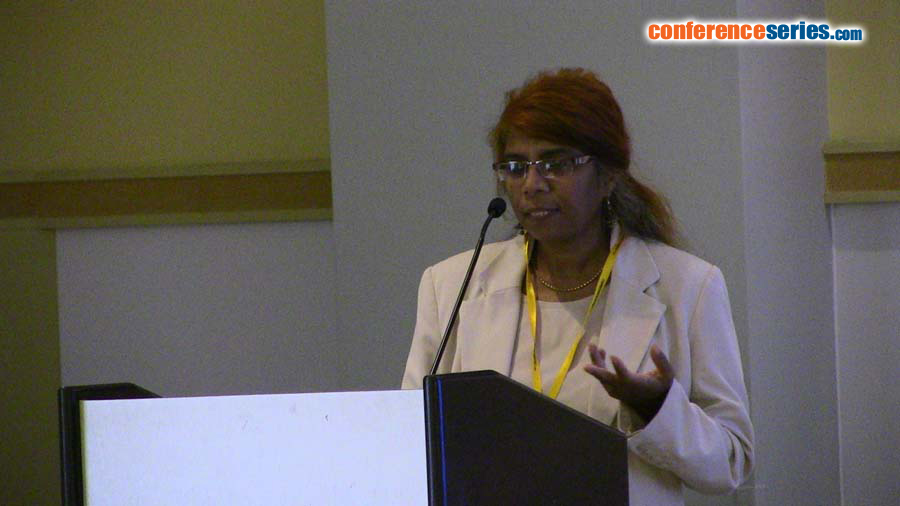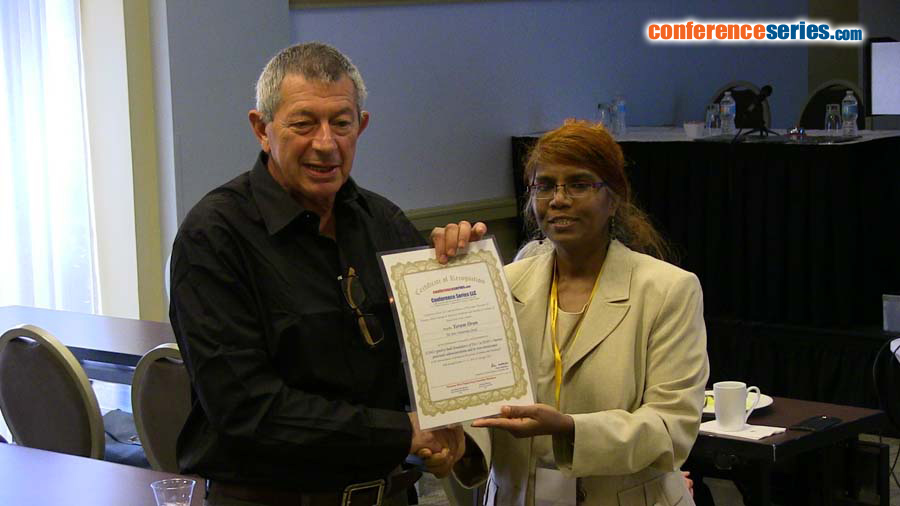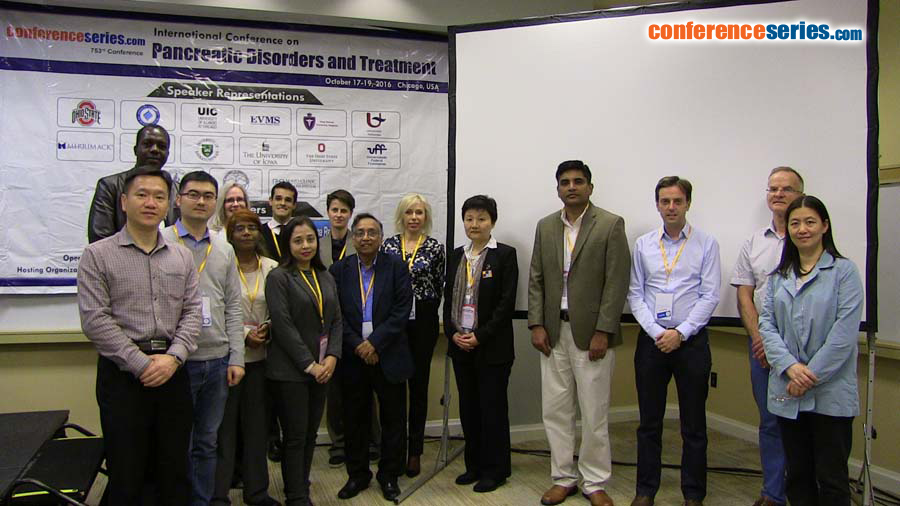
R. Sundararajan
School of Engineering Technology, Purdue University, West Lafayette, India
Title: Effective Electrochemotherapy for Advanced, Irresectable Pancreatic Tumors: An in vitro model study
Biography
Biography: R. Sundararajan
Abstract
With ~40,000 deaths per year out of ~46,000 incidences in the US, pancreatic cancers is one of the deadliest cancers. It is the 4th leading cause of death for both men and women and one in 4 deaths in the US is due to it. Pancreatic adenocarcinoma (PAC) is the most common (90%) pancreatic cancer. Pancreatic surgery involves removal of head or that part of the pancreas, where the tumor occurred, lymph nodes draining that part, part of bile duct, gall bladder and part of small bowel-at the least. Total pancreatectomy involves the removal of the whole pancreas, spleen, and the rest of parts as above. All these lead to poor quality of life with enormous pain and suffering. In addition, only 20% of the pancreatic tumors are removed by surgery. Both stages III and IV cancers and metastatic tumors cannot be removed by surgery.
Chemotherapy is not that efficient for the pancreatic tumors due to resistance to drug by most of the pancreatic cell lines. Radiation is not used much due to the proximity of nearby major vessels and organs.
This indicates that the current standard treatments are inadequate and there is an urgent and critical need for effective alternate therapies. Towards this we propose the administration of electrochemotherapy to arrest the uncontrolled growth of pancreatic cancer cells. This technique involves enhanced uptake of chemodrugs due to the opening of pores, caused by the electrical pulses, allowing generally impermeable or less permeable chemo drug molecules to enter into the cells. A number of cancers have been successfully treated using this technique and we studied its efficacy for pancreatic cancer. For this purpose, both Panc-1 and Pance-28 cell lines were studied. The chemo drug used was Gemcitabine at a concentration of 100µM. Both high intensity, short duration pulses (1200V/cm, 100µs, 8 pulses at one second interval) and low intensity, long duration (500V/cm, 1, 10, 20 and 25ms pulses) were studied. The results indicate that reduced viability, as low as 13% were obtained using this technique for Panc-28 cells. The lowest viability was 31% in the case of panc-1 cells. The corresponding viability using drug only is 60% or above, for both cell lines. This indicates the efficacy of electrochemotherapy in treating the PAC cells effectively using the synergy effects of both the drug and the electrical pulses to enhance their uptake. This technique shows enormous potential to be transferred to the clinics.



